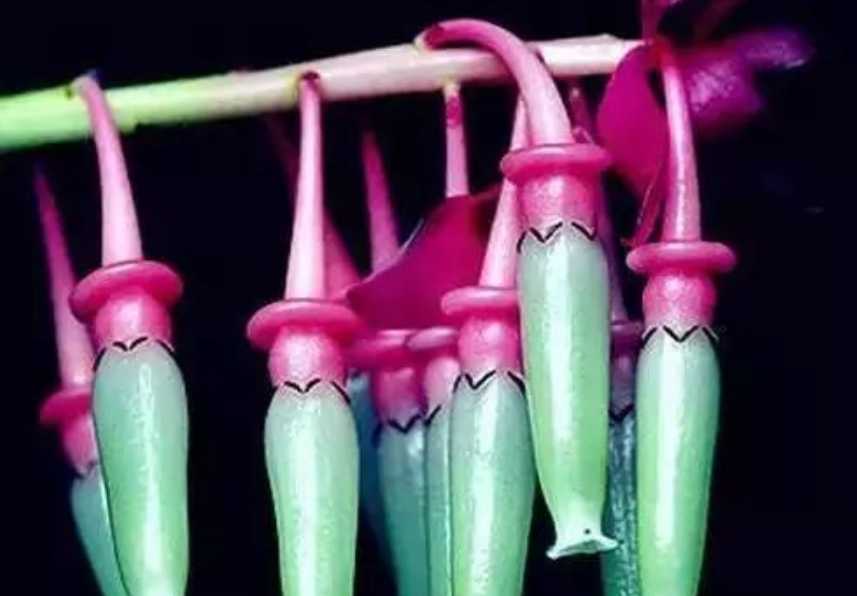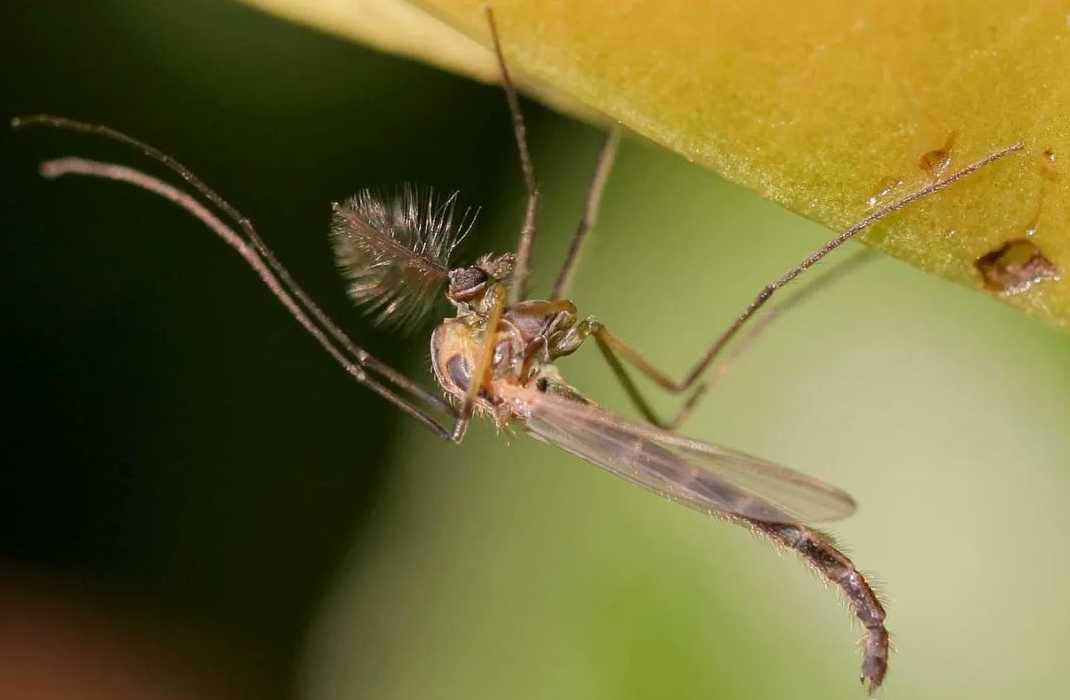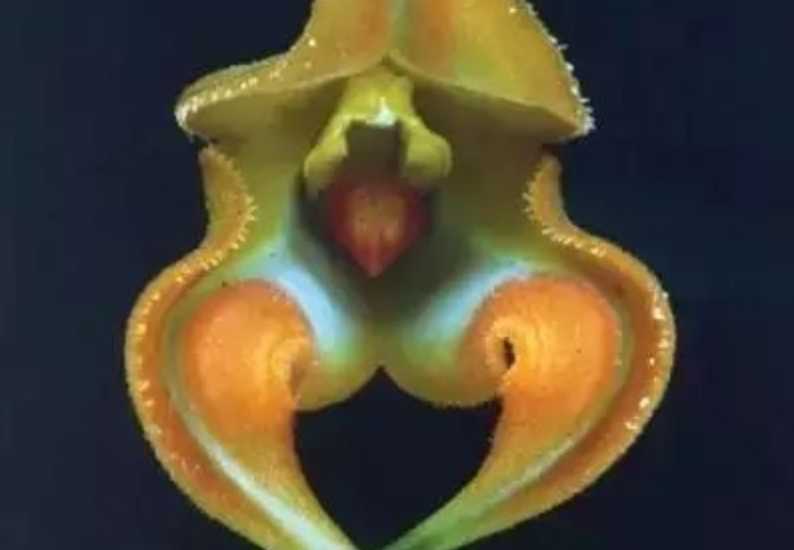
Cavendishia grandifolia, commonly known as the Neotropical blueberry, is a captivating plant native to the lush rainforests of Ecuador. This species, belonging to the Ericaceae family, has drawn the attention of botanists and nature enthusiasts alike due to its distinct features and the mystery surrounding its existence.
The plant is characterized by its large, glossy leaves that can reach an impressive length. These leaves, often measuring around 38 - 40 centimeters, and up to nearly 60 centimeters in fully matured specimens, are not only a visual highlight but also play a crucial role in the plant's survival. Their firm texture and downward - hanging shape help shed excess rainfall, a necessary adaptation in the wet rainforest environment.
However, it's the flowers of Cavendishia grandifolia that truly steal the show. The blossoms emerge on long stalks, approximately 15 - 30 centimeters in length, near each leaf. Each stalk is adorned with a cluster of 20 - 30 delicate flowers. The individual flowers, about 5 centimeters long, are a combination of white or greenish - white, topped with a pink - hued corolla. The corolla's edge features a unique zigzag pattern, adding to their allure. What's more, most of these flowers are surrounded by vivid pink bracts, which are thought to be a clever evolutionary adaptation to attract pollinators, especially hummingbirds. These tiny, colorful birds are drawn to the bright bracts and the sweet nectar within the flowers, facilitating the pollination process.
In addition to its ornamental value, Cavendishia grandifolia also holds significance in the world of nutrition. Its fruits, although not true blueberries, are rich in antioxidants, with levels even surpassing those found in traditional blueberries. This makes them a potential superfood, if their availability could be increased.
Sadly, like many unique plant species, Cavendishia grandifolia is facing threats. Habitat destruction, mainly due to deforestation for agriculture, logging, and urban expansion, is shrinking its natural range. As a result, it has been classified as endangered on the IUCN Red List. Conservation efforts are now underway, with botanical gardens around the world taking up the task of cultivating and studying this species. By doing so, they hope to raise awareness about its plight and contribute to its long - term survival. Whether for its beauty, its potential health benefits, or its role in the ecosystem, Cavendishia grandifolia remains a plant worthy of our attention and protection.




